The towns of Connecticut’s “Gold Coast” have long inspired with their rich histories, serene waterfronts, and pastoral backcountry. And while it’s all a short train ride from Manhattan’s Museum Mile, Fairfield County boasts its own set of world-class cultural draws that are well worth visiting.
The Bruce
Greenwich
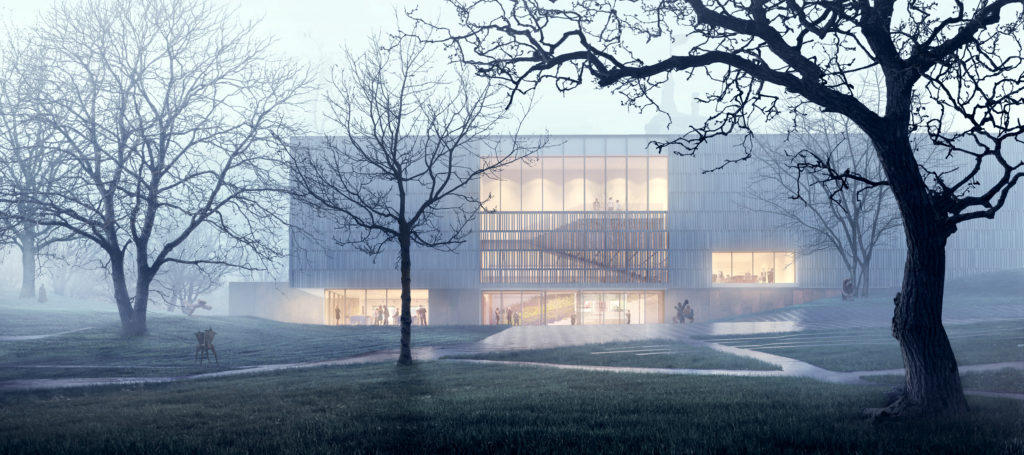
The Bruce was founded in 1912 to promote “the understanding and appreciation of art and science to enrich the lives of all people.” This Greenwich institution recently embarked on an ambitious expansion — set to open in Spring 2023 — that will more than double its size, presenting its art and science collections in expanded galleries as well as add a sculpture garden, a restaurant, and a new education wing.
The new museum got another big push in its expansion when an anonymous Greenwich couple promised to give their own collection as a bequest in April 2022. It is the largest art collection the museum has ever received — 70 pieces of American and European art, including paintings from Edward Hopper, Andrew Wyeth, Mary Cassatt, Camille Pissarro, Pablo Picasso, and sculptures from Alberto Giacometti and Henry Moore. The collection will solidify the Bruce’s transformation from a local favorite into an establishment that can hold its own against New York City museums. “The new Bruce is poised to capture the attention of not only locals, but a global audience,” said Jeffrey Jackson, broker/owner of Corcoran Centric Realty. “It’s a pivotal institution for our town.”
Until the opening of the new addition, the Bruce’s natural history galleries — which have also undergone a renovation — will remain open.
Greenwich Historical Society
Cos Cob
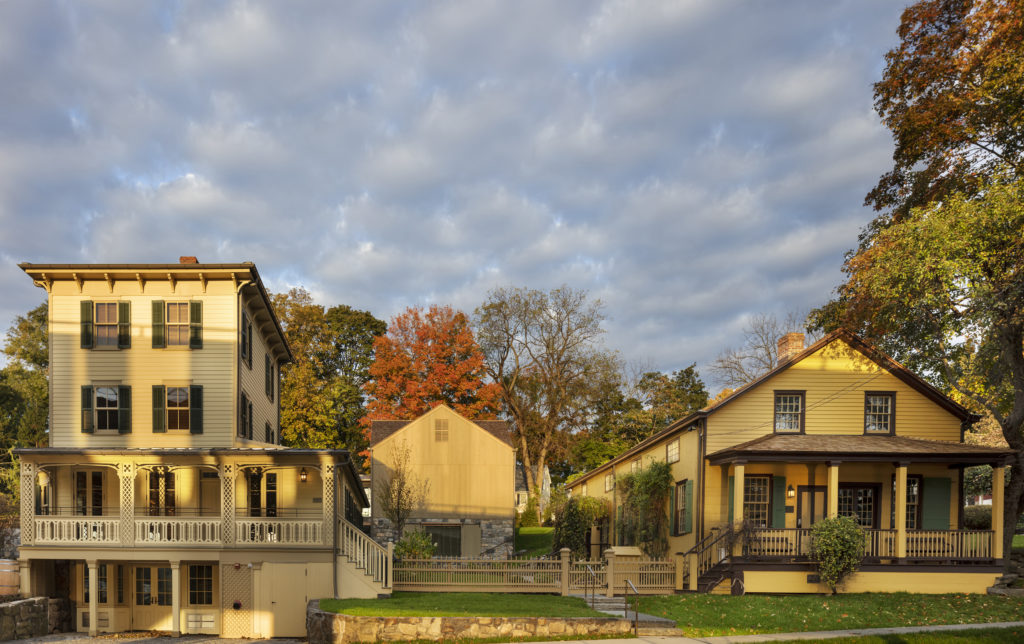
The Cos Cob campus of the Greenwich Historical Society doesn’t just feature a museum, educational spaces, and historic gardens: It surrounds the Bush-Holley House, the town’s most celebrated historic home. Built in 1730, it served as the boardinghouse for a group of Impressionist painters who, from 1890 to 1920, were collectively known as “the Cos Cob School.” Fittingly, many of the society’s exhibits focus on the work of these artists, including Life and Art: The Greenwich Paintings of John Henry Twachtman, now on view through January 22, 2023; Greenwich landscapes of Childe Hassam; as well as Japanese inspirations and influences on the American Impressionist painters.
You can also take a full tour of the Bush-Holley house, and experience the spaces where painters Twachtman and Hassam relaxed with other notable names of the time, including novelist Willa Cather and journalist Lincoln Steffens. There are events held throughout the year as well, including craft markets, painting classes, curator talks, and walking tours. Other notable structures on the grounds include the c.1805 Bush Storehouse — now the society’s offices — and the recently restored Toby’s Tavern, an old railroad hotel dating to when the first trains arrived from New York City.
The Glass House
New Canaan
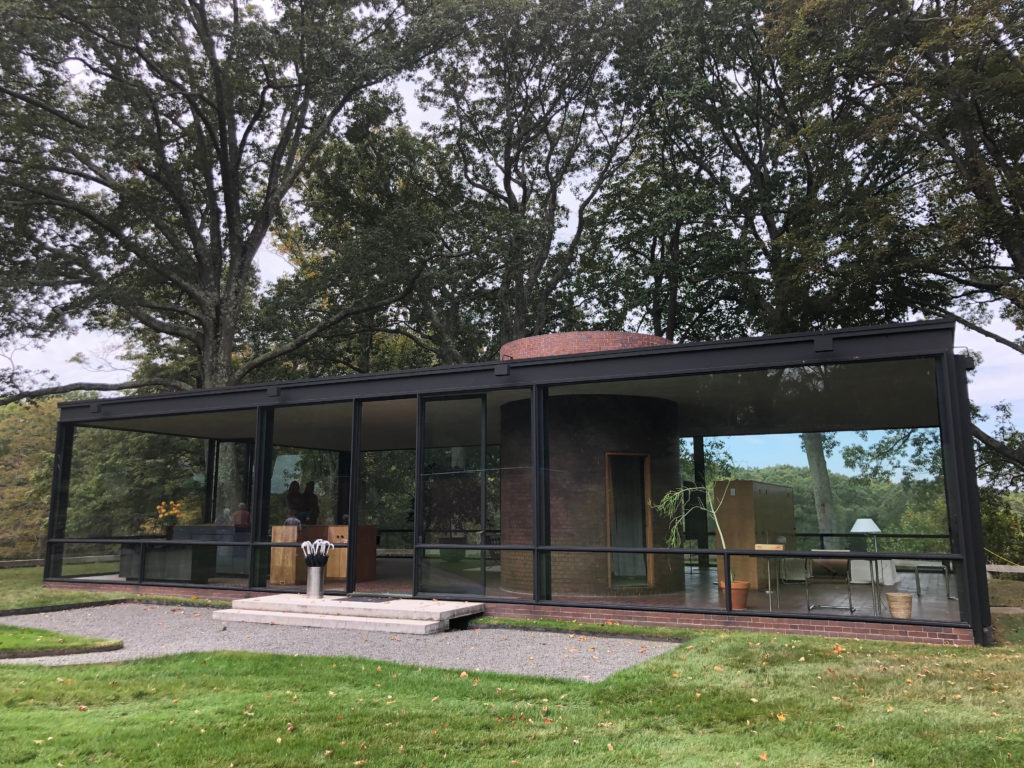
Philip Johnson was one of the most influential – and controversial — architects of the twentieth century. He was among a group of notable Modernists known as the “Harvard Five,” comprising Johnson and his fellow architects Marcel Breuer, Eliot Noyes, Landis Gores, and John M. Johansen. All five had studied under Bauhaus founder Walter Gropius at the Harvard Graduate School of Design and settled in New Canaan, where the five built 100 or so residences in town. While Johnson stamped his name on skyscrapers from Manhattan to Madrid, his greatest masterpiece is considered to be his own weekend house, an almost completely transparent glass box on 49 pastoral acres of ever-changing landscape. Built from 1948 to 1949, the Glass House arguably became the building that shaped perceptions of modern architectural design in the mind of the American public.
Visiting the house, which reopened for tours in 2022 after a two-year hiatus, is a visual revelation that no photograph can match. The National Trust for Historic Preservation, which owns and maintains the property, has not shied away from Johnson’s many contradictions, sponsoring talks and commissioning exhibits that wrestle with the different facets of Johnson’s life. The house is closed to tours from mid-December through mid-April. (Johnson jokingly said, “Don’t build a glass house if you’re worried about saving money on heating.”)
MoCA Westport
Westport
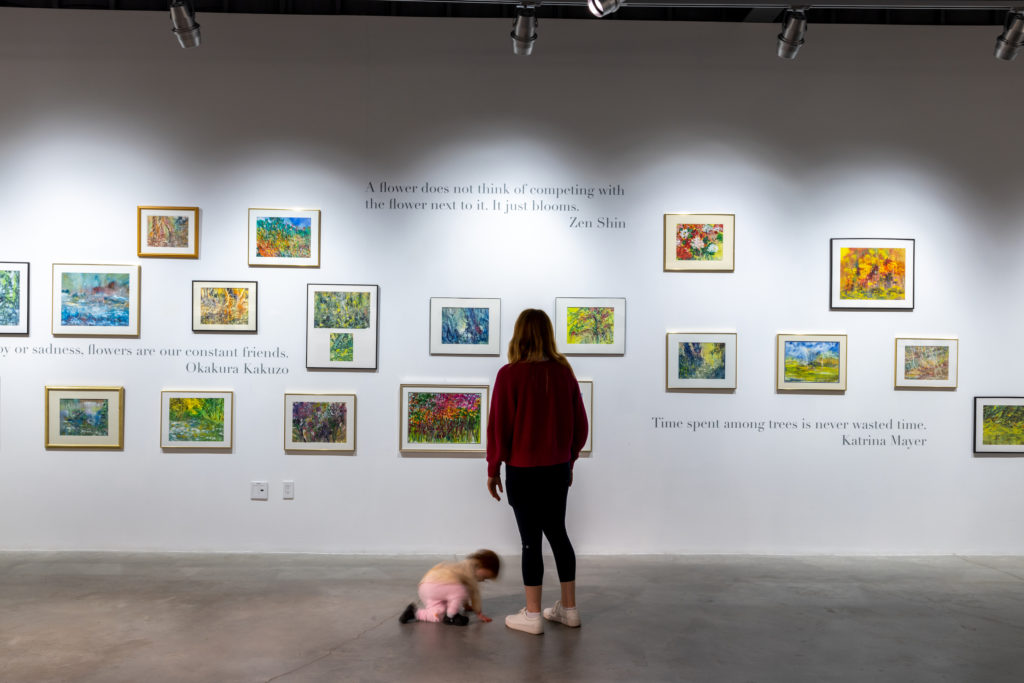
It’s hardly surprising that the town Martha Stewart and Meatloaf once called home is also home to a thriving art institution, highlighting both internationally recognized artists and homegrown local talent. Though the organization’s name and location has changed through the years — most recently, from the Westport Arts Center to the Museum of Contemporary Art (MoCA) Westport in 2019 — it has remained a consistent venue to experience well-curated and thought-provoking exhibits.
Past shows have included Main Street to Madison Avenue, which showcased the work of Westport artists whose paintings were used in mid-century advertising (don’t forget Bewitched’s Darrin Stephens, television’s original Don Draper, had a Westport address); The Westport Idea, which highlighted selections from the Westport Public Art Collection that are normally hung in Westport public schools and town buildings, including works by Robert Indiana, Henri Matisse, and Robert Rauschenberg; and solo exhibitions for Westport artists, including Ann Chernow and Enid Munroe. Even one of Yayoi Kusama’s infinity rooms, along with her famed Narcissus Garden installation, have made an appearance here, and with far less intimidating lines than you might find elsewhere.
Bartlett Arboretum
Stamford
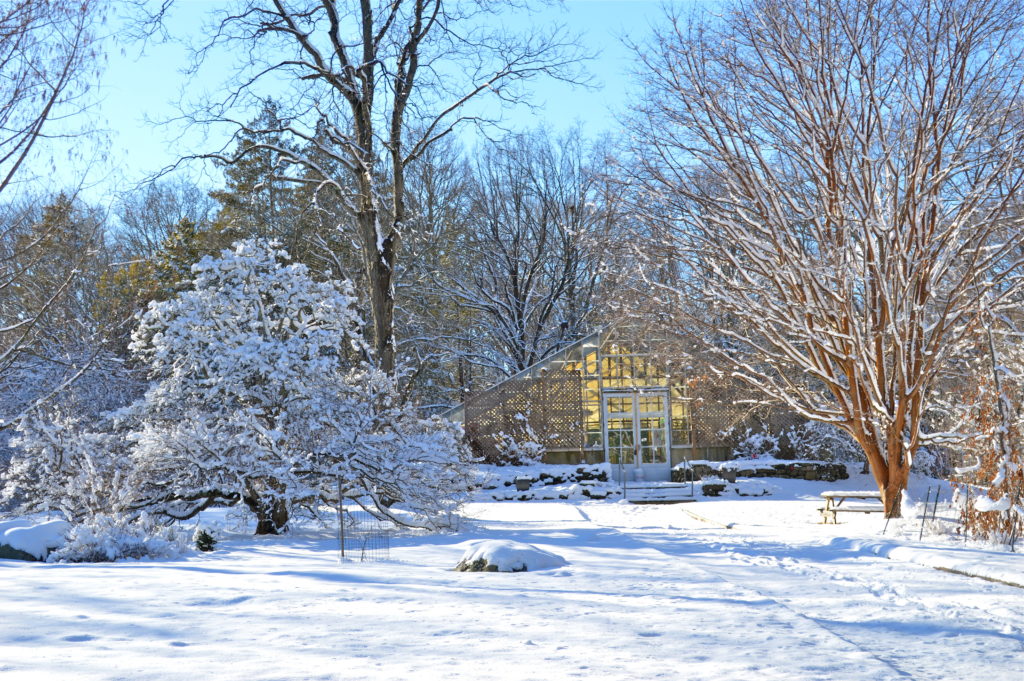
Started in 1913, the Bartlett Arboretum originally served as the research laboratory for Francis A. Bartlett and his company, Bartlett Tree Experts — you’ve probably seen the trucks — as a place to grow and observe woody plant specimens from all over the world. Eventually, when the company’s research labs moved to North Carolina, the land was sold to the State of Connecticut and opened to the public.
The Arboretum is now run jointly by the City of Stamford and the Bartlett Arboretum Association, and is a tranquil place for locals to hike, walk with their dogs, and explore the natural beauty of its full 93 acres. The collections include a fern allée, a magnolia collection, and a diverse mix of trees including a conifer garden, original nut trees planted by Francis Bartlett in the early 20th-century, and a pinetum, consisting of pines, cedars, and hemlocks. There’s also a scavenger hunt for a dozen fairy houses hidden throughout the grounds.
The Arboretum has free admission and is open every day of the year, from dawn to dusk.
